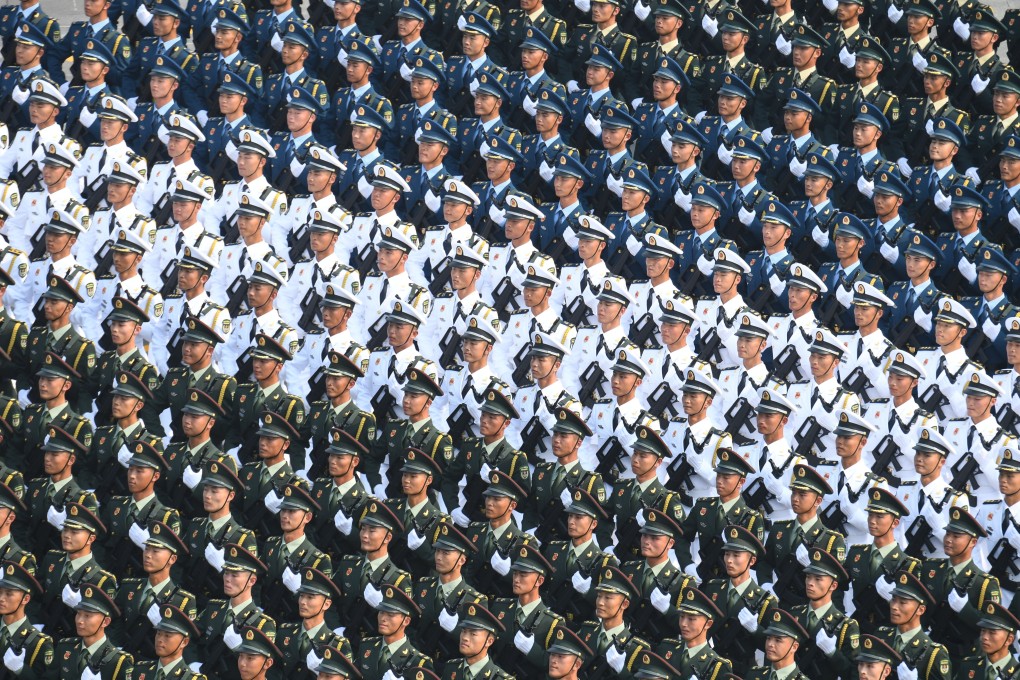Explainer | China’s military structure: what are the theatre commands and service branches?
- The People’s Liberation Army has been reshaped since major reforms began in 2015 to modernise the world’s largest military
- With growing tensions over Taiwan, the South China Sea, and the border with India, the PLA has become globally significant

Highest decision-making body: the CMC
The CMC is in charge of overall administration of the military.
Technically the CMC has parallel functions as both a state institution and a Communist Party organ, but the party holds ultimate power over it, as its chairman is usually also the leader of the party.
In 2016, the CMC’s four general departments – staff, politics, logistics and armaments – were reorganised into 15 agencies, including the general office, joint staff, political work, logistical support, equipment development, training and administration, plus national defence mobilisation.

06:24
Explained: the history of China’s territorial disputes
While the new entities are more specific in their functions than their predecessors, they have no final decision-making authority. That power lies with the seven-member group which leads the CMC: President Xi Jinping, two vice-chairmen and four other members. PLA Air Force General Xu Qiliang and General Zhang Youxia – both Xi loyalists – are the commission’s vice-chairmen.